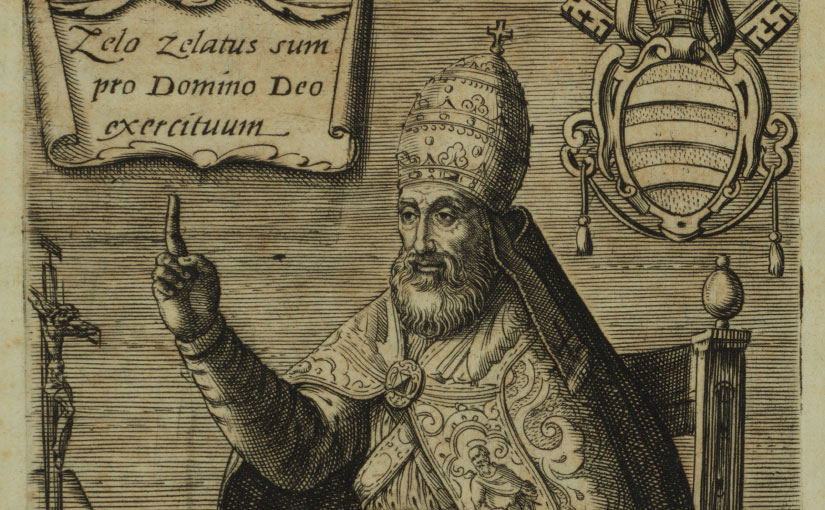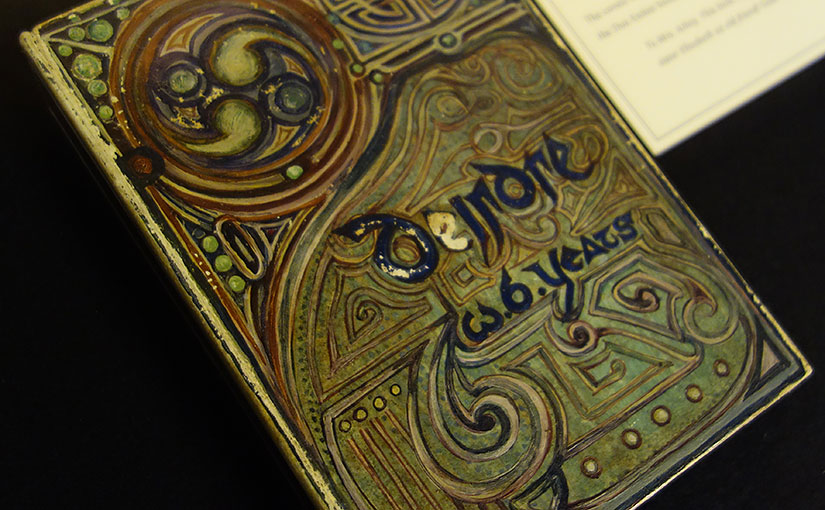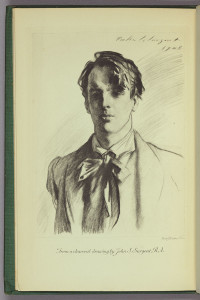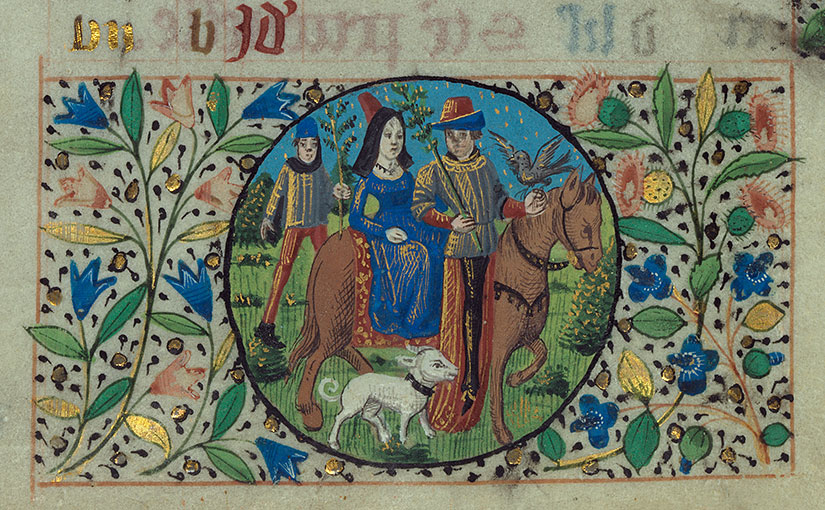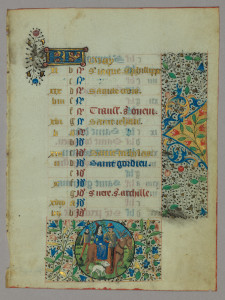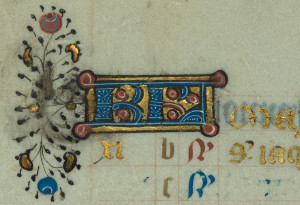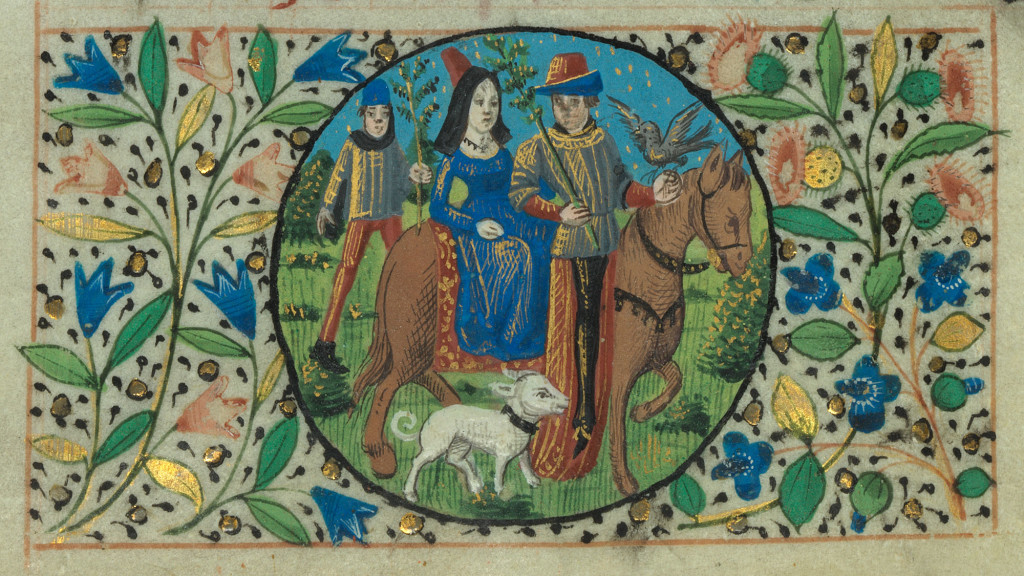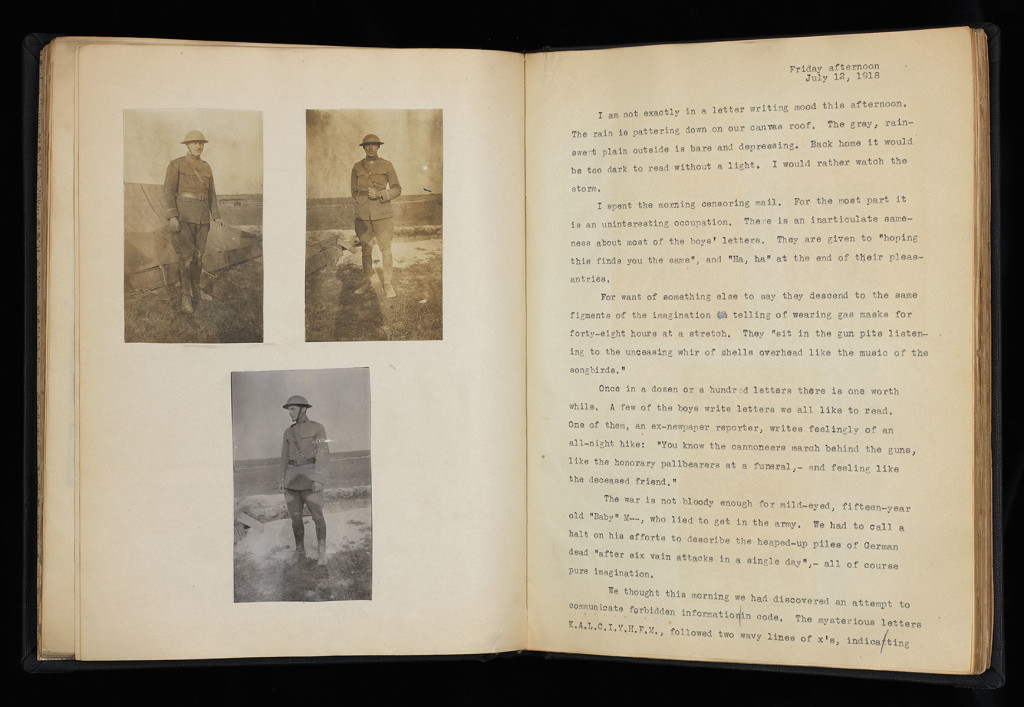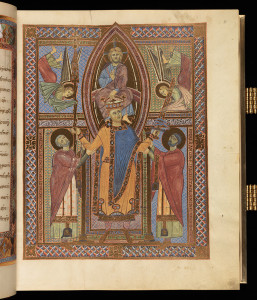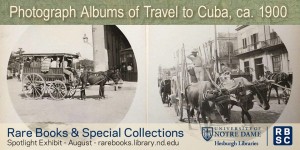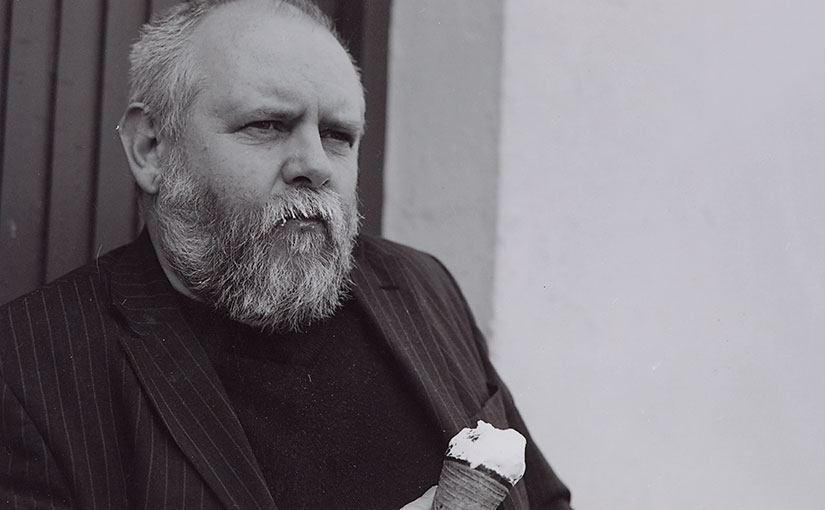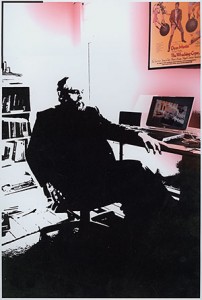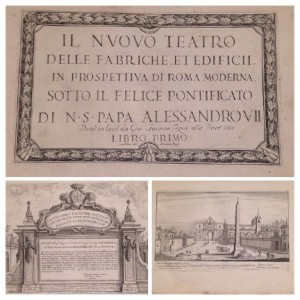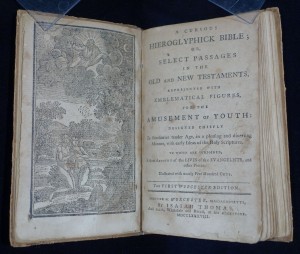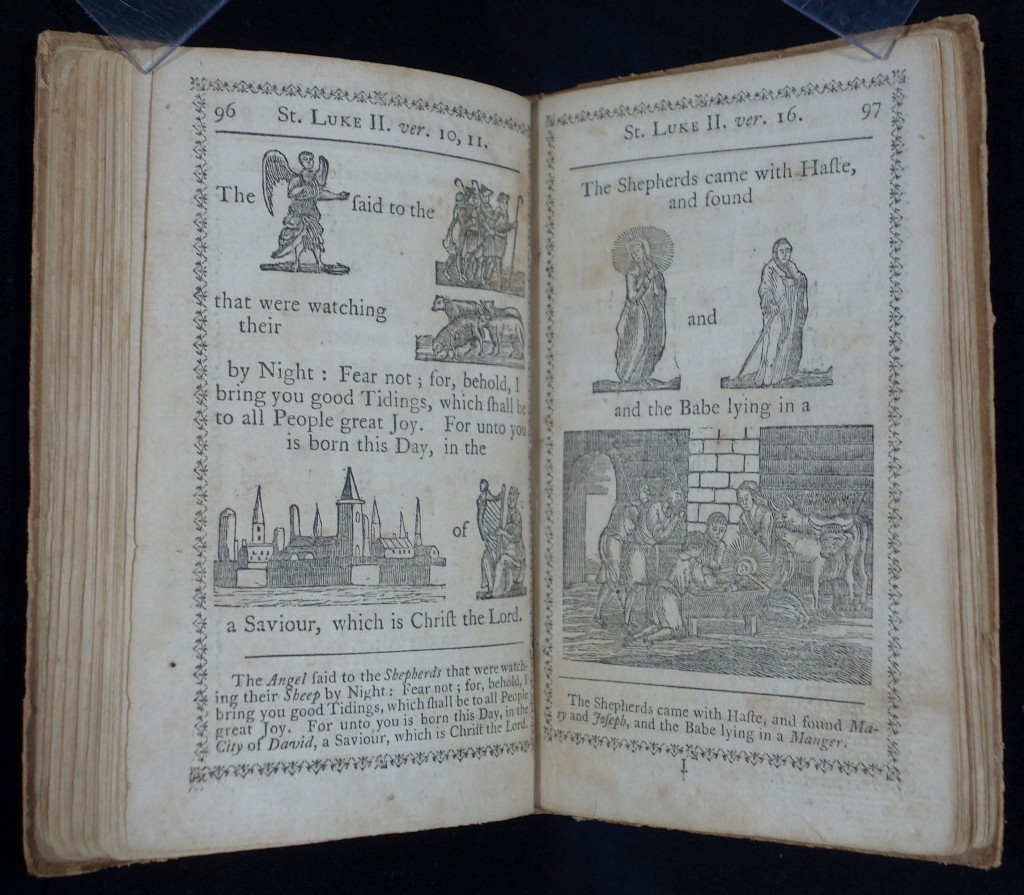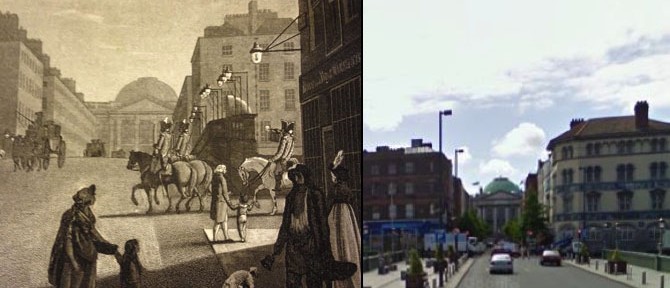by Alan Krieger, Theology and Philosophy Librarian
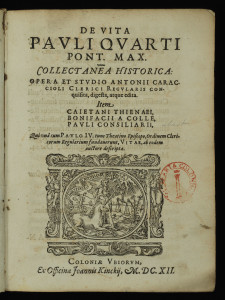 We’ve recently acquired Antonio Caraccioli’s De vita Pauli Quarti Pont. Max.: collectanea historica (Coloniae Ubiorum, 1612), a rare biography of Pope Paul IV, whose pontificate spanned May 1555-August 1559.
We’ve recently acquired Antonio Caraccioli’s De vita Pauli Quarti Pont. Max.: collectanea historica (Coloniae Ubiorum, 1612), a rare biography of Pope Paul IV, whose pontificate spanned May 1555-August 1559.
Although his reign took place during the period of the Council of Trent (1545-63) and thus the “first wave” of the Catholic Reformation, he did not call or preside over any of the council’s sessions; however, he did address the problem of clerical corruption in Rome. Born Gian Pietro Carafa, he is reputed to have had a rather harsh and unyielding disposition and is probably best known for strengthening the Roman Inquisition and introducing the Index Librorum Prohibitorum (Index of Prohibited Books). This work is held by only two other North American libraries.
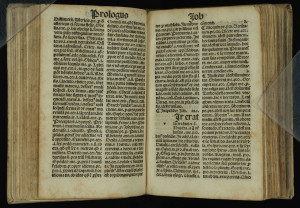 Also recently acquired is an interesting and rare incunable, Johannes Marchesinus’ Mamotrectus Super Bibliam, published in Venice by Johannes Rubeus in 1498. The work was originally written near the end of the 13th century and, as a guide to the Latin Vulgate consisting of nearly 1300 separate articles, was an extremely influential Franciscan school text in the education of clergy throughout the late Middle Ages.
Also recently acquired is an interesting and rare incunable, Johannes Marchesinus’ Mamotrectus Super Bibliam, published in Venice by Johannes Rubeus in 1498. The work was originally written near the end of the 13th century and, as a guide to the Latin Vulgate consisting of nearly 1300 separate articles, was an extremely influential Franciscan school text in the education of clergy throughout the late Middle Ages.
The first printed edition was issued in Mainz (Germany) by Peter Schoffer in 1470; only three other North American institutions hold the version we have just acquired.
 This work is licensed under a Creative Commons Attribution 4.0 International License.
This work is licensed under a Creative Commons Attribution 4.0 International License.
